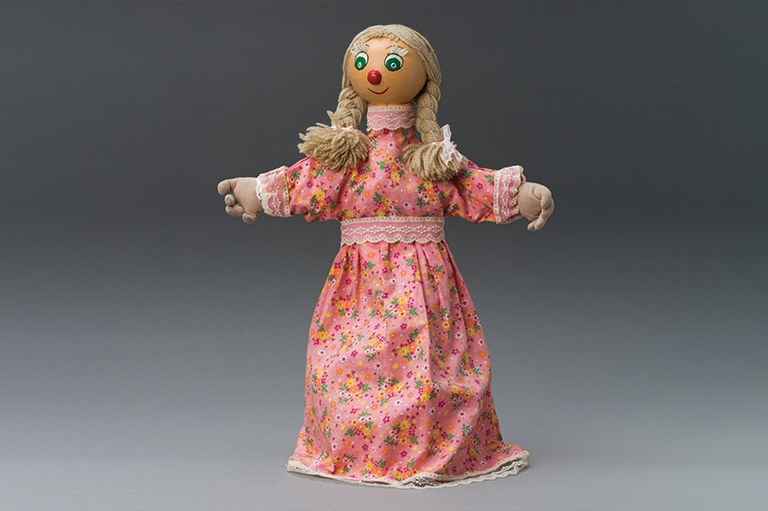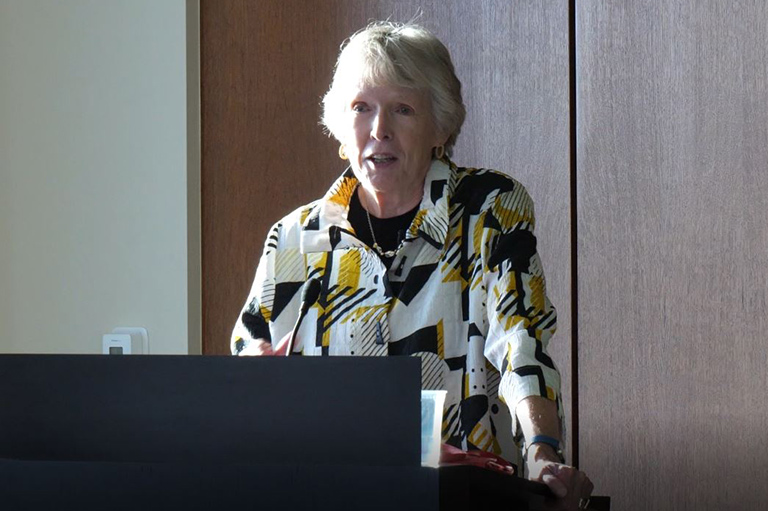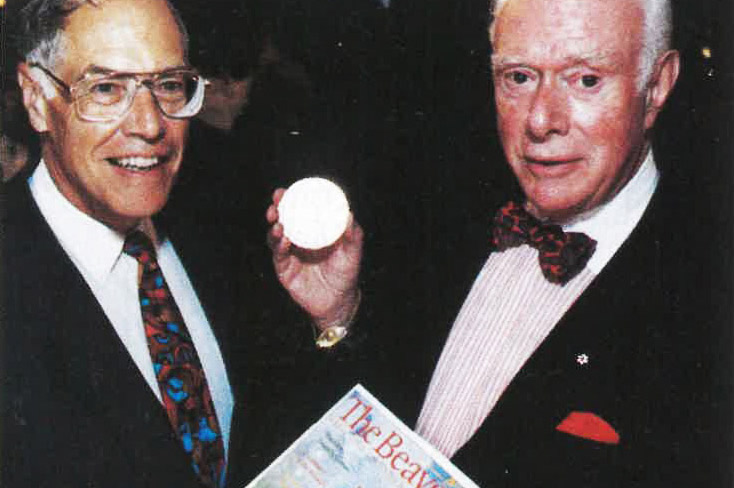Bobinette

In 1952 Radio-Canada and its English counterpart, the CBC, launched the country’s first television stations, which quickly became essential sources of entertainment and information in the home. Like radio, homegrown television helped strengthen French-Canadian culture and identity. With its cultural, news, and entertainment programming, as well as and its ground-breaking shows aimed at women, Radio-Canada television became a crucible for new ideas as well as a means of strengthening the French language.
Some of Radio-Canada’s popular radio dramas continued as television soap operas, such as La Famille Plouffe, Un homme et son péché and Le Survenant. Television’s rich programming reflected the French Canadian community — a community that was growing in self-recognition and self-affirmation.
Radio-Canada's children’s programming included many innovative shows, but among them all Bobino set a record for longevity with its five thousand original episodes.
The show featured Bobino, a curious fellow in a bowler hat played by Guy Sanche, and Bobinette, his mischievous little sister who never missed an opportunity to play tricks on her big brother. Among her arsenal were disguises, flour bombs and water squirters. Bobinette was originally played by Paule Bayard, who was later replaced by Christine Lamer. Bobino and Bobinette welcomed children home from school for nearly thirty years, from 1957 to 1985.
With 7 uniquely curated newsletters to choose from, we have something for everyone.
Themes associated with this article
Advertisement




